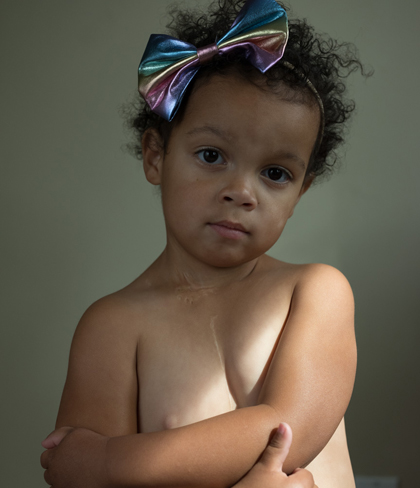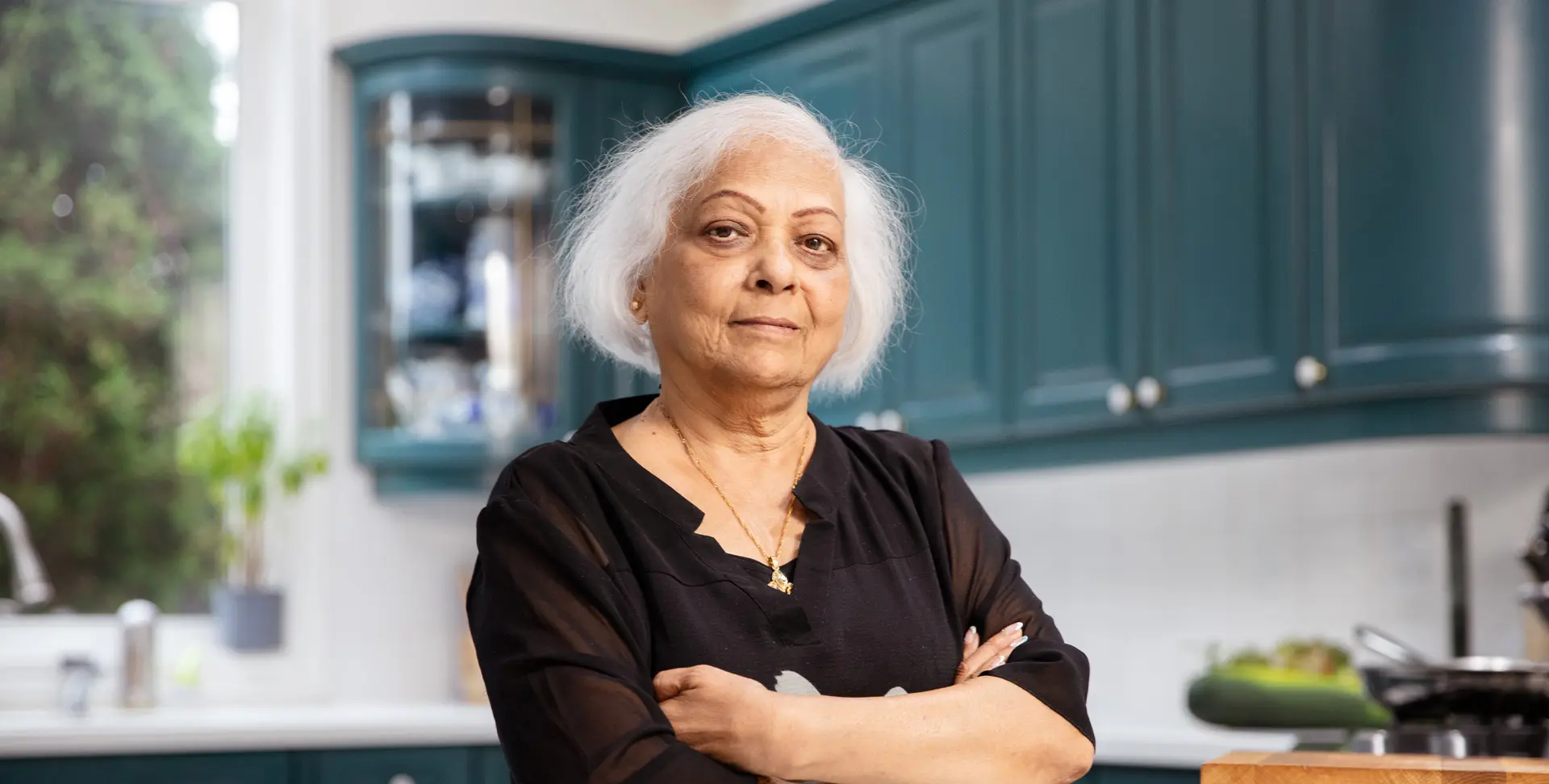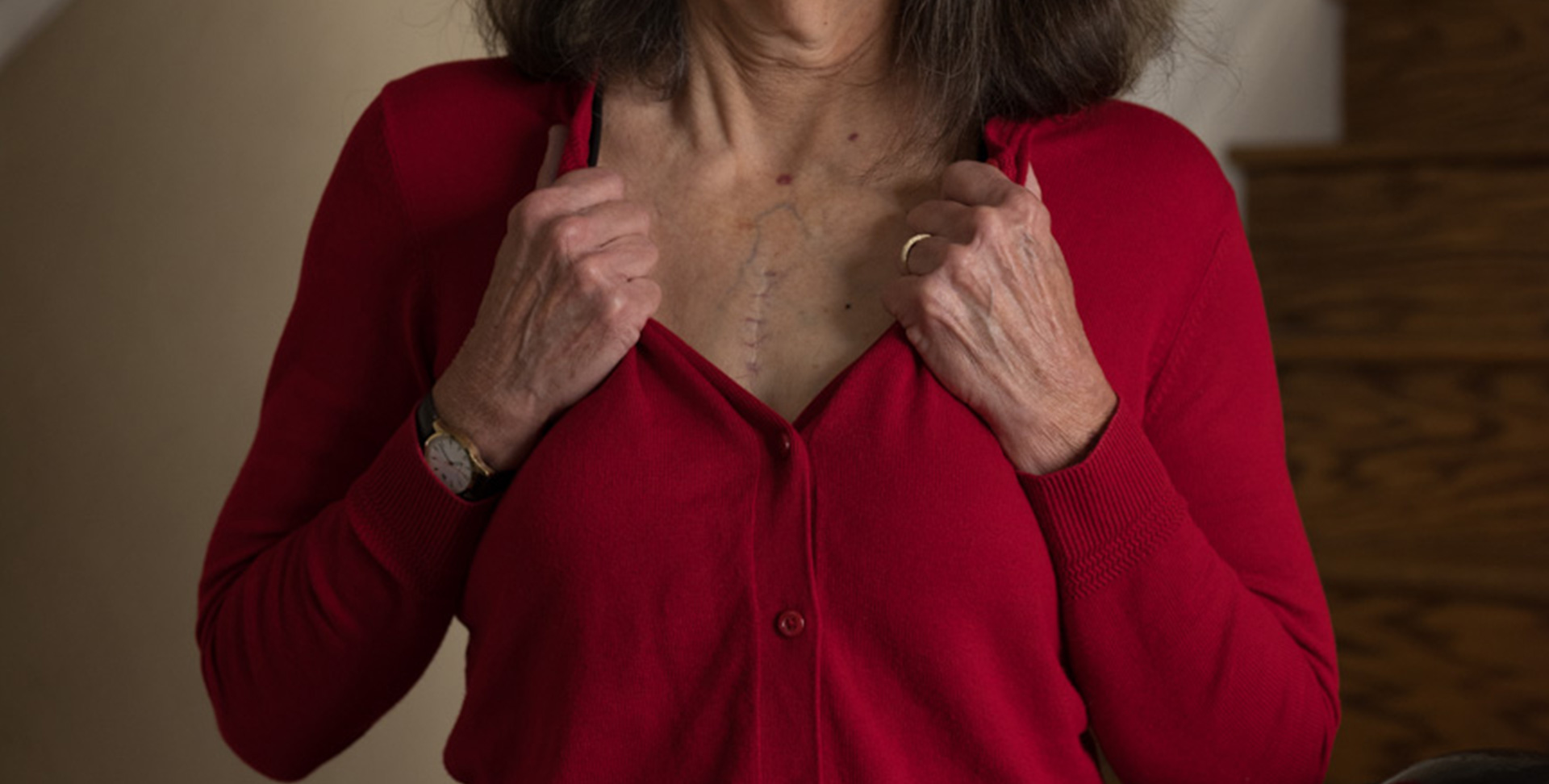
Keeping new hearts beating longer
Chapter 1 A threat to transplanted hearts
A heart transplant saves a life in the most dramatic way, restoring health and hope in someone who was near death.
But that’s not where the story ends. Protecting that new heart and keeping it healthy can pose challenges. The median time someone lives after a heart transplant is 13-14 years.
Donna Hart had a transplant in 2015 after a rare inflammatory disease left her heart damaged beyond repair. Donna made a good recovery and resumed her active lifestyle. But a routine angiogram five years after her surgery revealed signs of a condition called cardiac allograft vasculopathy or CAV.
Dr. Sharon Chih sees patients like Donna every week in her heart transplant clinic at the University of Ottawa Heart Institute. She explains to them that CAV means the arteries of the transplanted heart get narrowed and blocked. It’s similar to coronary artery disease — the cause of most heart attacks — but CAV happens a lot faster.
“It's very common and increases with time,” says Dr. Chih, a cardiologist and Heart & Stroke funded researcher. “At 10 years post-transplant, one in two patients will have CAV. It is one of the leading causes of poor long-term outcomes.”
The hardest part is explaining to her patients that she can offer little in the way of treatment. “In the heart transplant field, we've come a long way in terms of preventing and treating rejection, but for CAV, our treatment options are very limited.”
Sirolimus is from a class of drugs that has been shown to prevent and slow progression of the disease, but many patients are unable to take it due to debilitating side effects including nausea, diarrhea, headache, mouth sores and leg swelling.
Dr. Chih is determined to find new solutions. With support from Heart & Stroke donors, she is researching ways to detect CAV sooner and give more healthy years to the estimated 180 adults who undergo heart transplants each year in Canada.
Chapter 2 The solution: Early detection
A big challenge is diagnosing CAV in its early stages when treatment with drugs such as sirolimus is more effective, Dr. Chih says. “We rely heavily on invasive testing with coronary angiography.” This test poses risks, especially to transplant recipients, and can only detect CAV in the larger heart arteries. By the time CAV is found on angiography, it may be too late to intervene.
“Our research is focused on ways to detect the disease earlier as well as using non-invasive tools to reduce invasive testing,” Dr. Chih says.
Her team is focusing on the early stages after transplant, testing advanced coronary imaging techniques including optical coherence tomography or OCT, to see tiny changes in the artery wall, as well as directly measuring blood flow in the arteries. And they are measuring blood flow in the heart non-invasively using positron emission tomography or PET. “We're also looking at certain markers in the blood to see if that might be a way to identify patients with CAV earlier.”
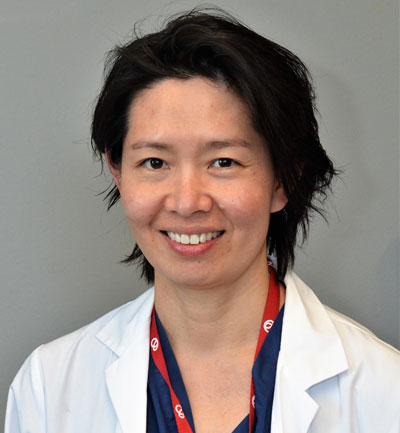
Dr. Sharon Chih is working to give more healthy years to heart transplant recipients.
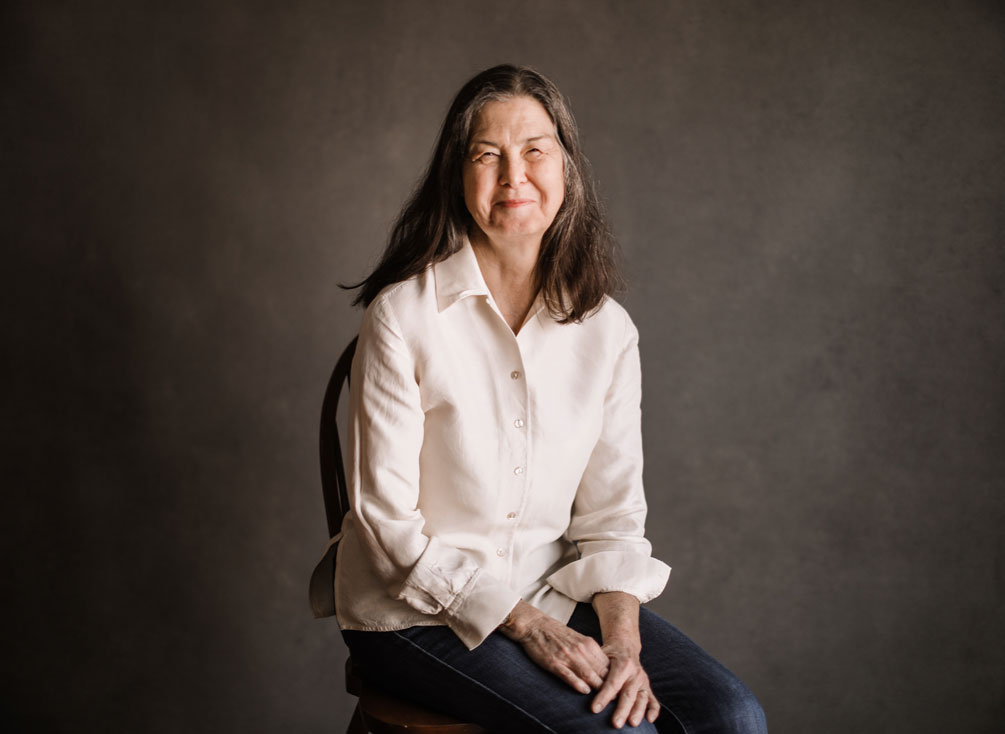
Donna Hart started showing signs of CAV five years after her heart transplant surgery.
Chapter 3 The goal: Longer, healthier lives
Dr. Chih’s imaging work has shown that platelets, cell fragments in the blood that help form clots, might be involved in the early stages of CAV. So she is launching a clinical trial that will test whether antiplatelet therapy such as ASA (for example, Aspirin, Entrophen or Novasen) can help prevent CAV in heart transplant patients.
It’s all pointing toward her ultimate goal: “We want to lengthen survival post-transplant by reducing CAV rates. That's the hope.”
And the support of Heart & Stroke donors was critical to getting this research started. “Our team would not have been able to do any of this work without that funding,” Dr. Chih says.
For Donna Hart and other heart transplant patients, there’s no time to waste in finding solutions. She’s counting on research like Dr. Chih’s to beat CAV.
- Learn more about heart transplant.
- See what your donations can beat.

Related stories
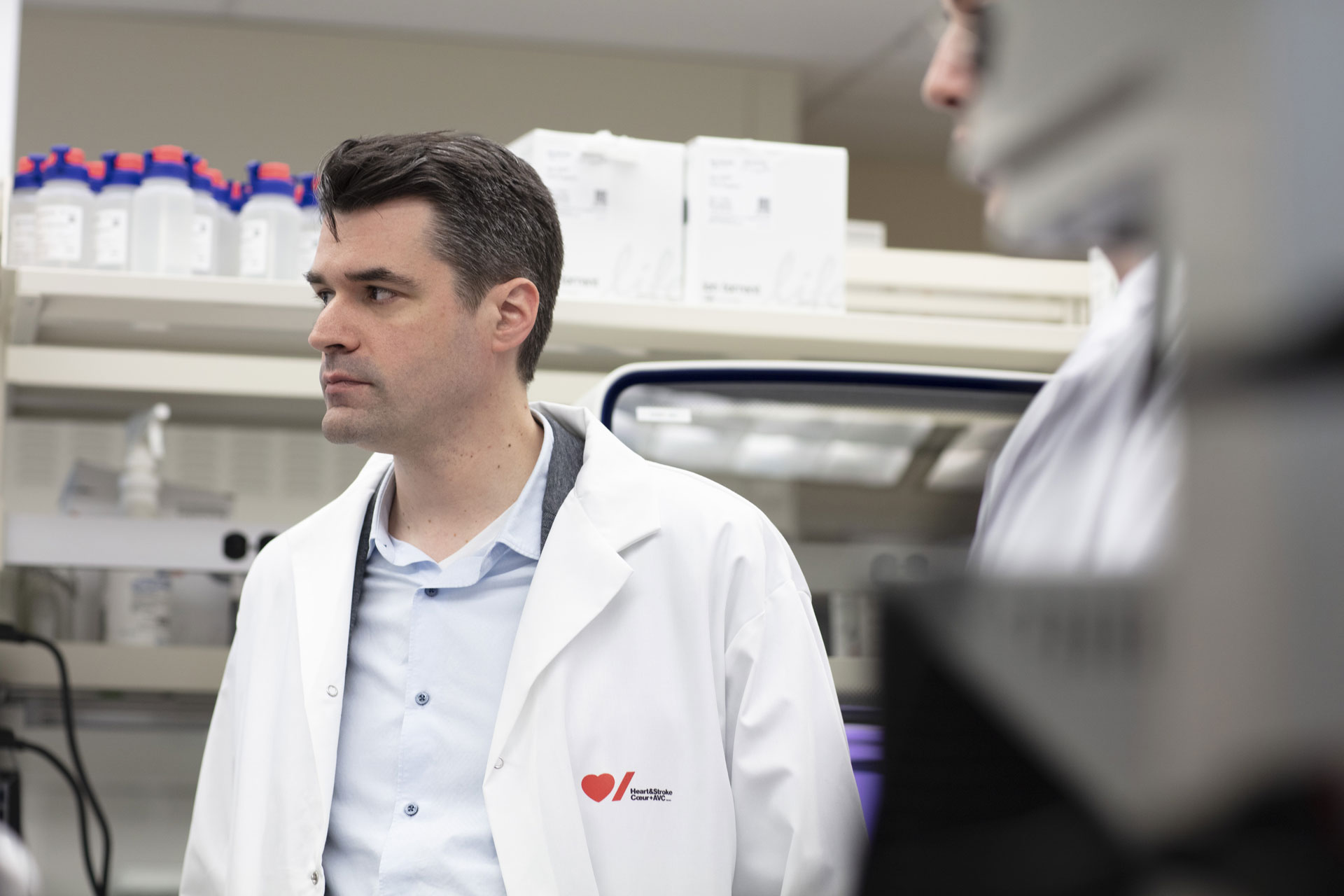
Using genetics to beat heart attacks
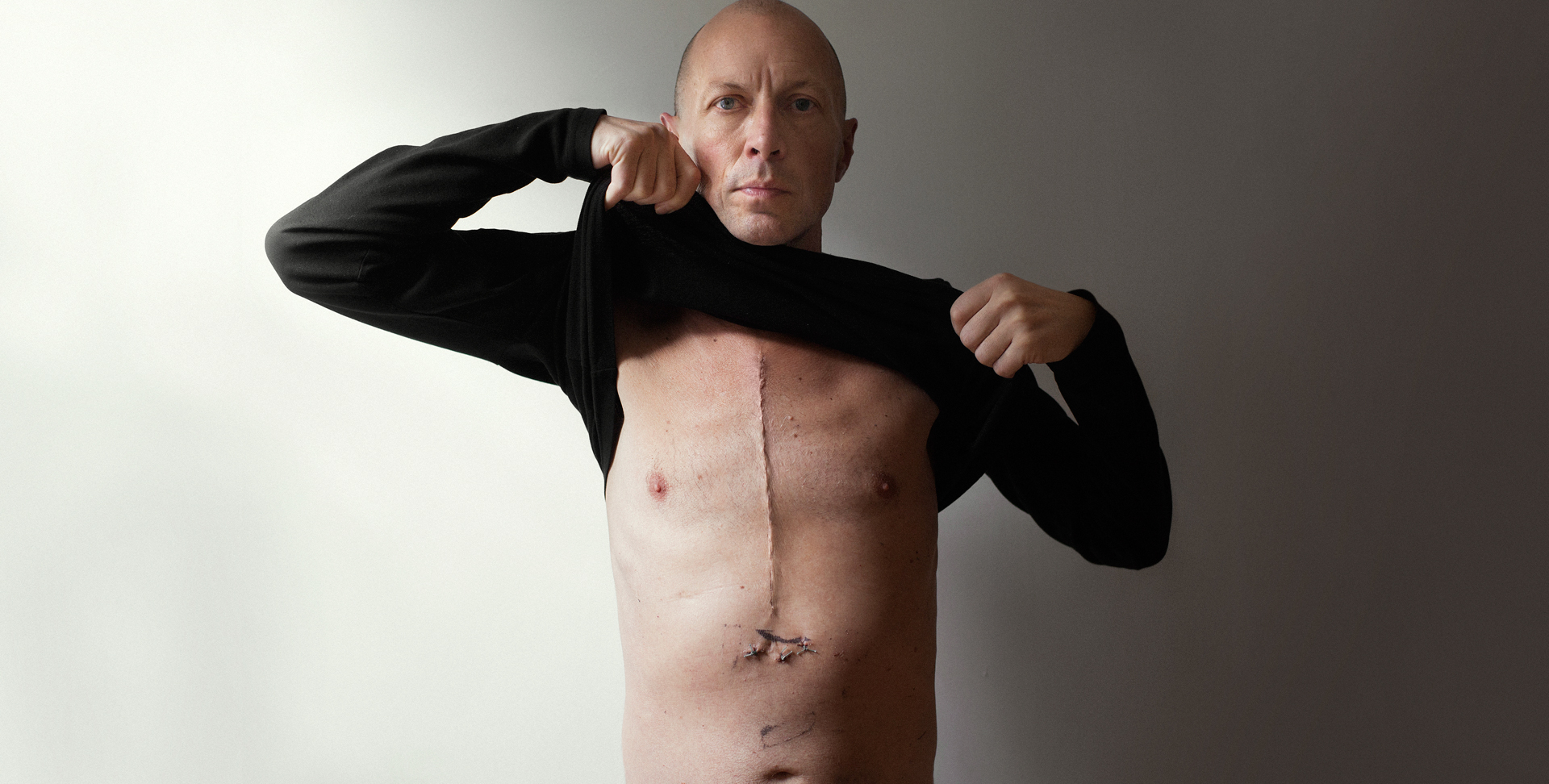
A fearless artist faces his biggest foe
